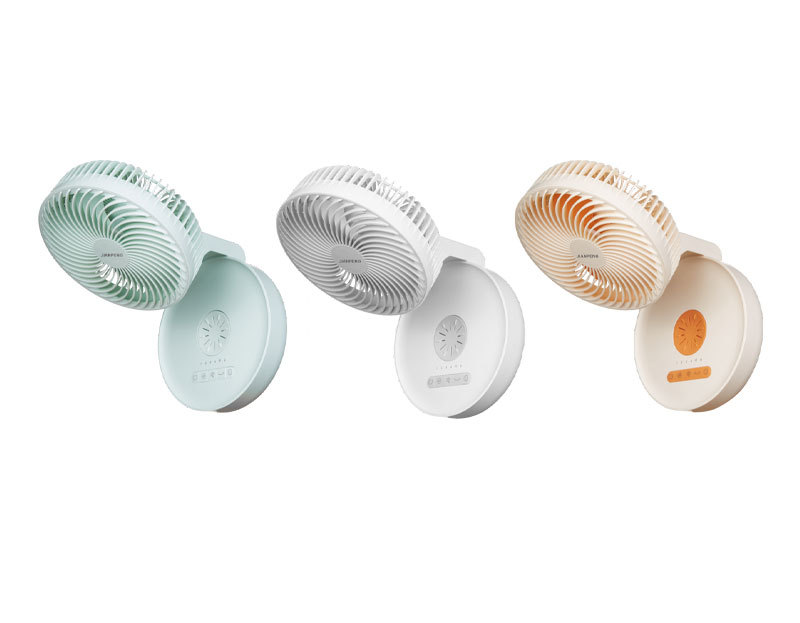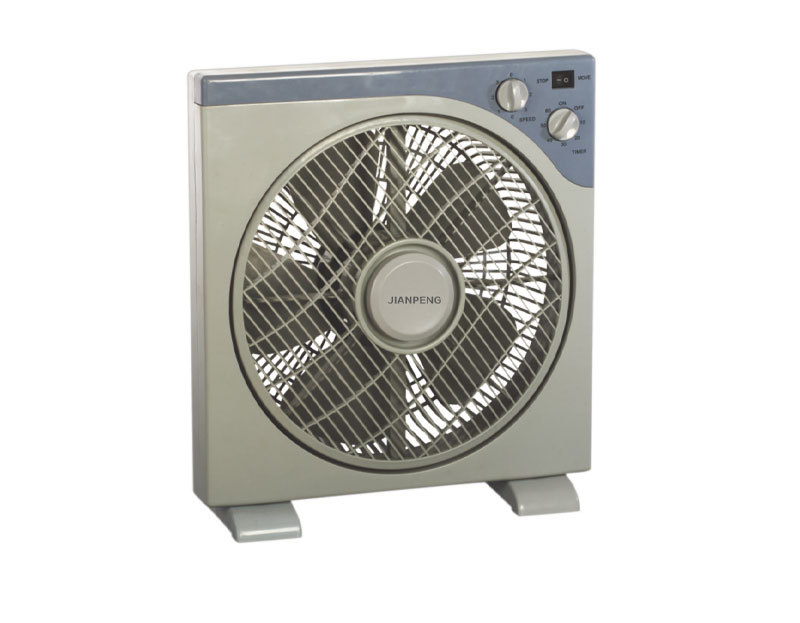News Center
2025-06-17
Stay Cool This Summer: The Ultimate Guide to Household Fans
Household fans are electrical devices designed to create airflow and provide cooling in indoor environments. Unlike air conditioning units, which cool the air, fans circulate existing air, making it feel cooler through the process of evaporation. Understanding how these devices operate is crucial for making informed choices about which type of fan best suits your needs.
How Do Fans Work?
Fans operate by rotating blades that push air forward, creating a wind-chill effect. This principle relies on the movement of air across the skin, which enhances the evaporative cooling process, causing sweat to evaporate more quickly and thus making you feel cooler. The effectiveness of a fan is influenced by factors such as its size, speed settings, and design.

Types of Household Fans
There is a wide variety of household fans available, each designed for specific needs and preferences. Here are the most common types of fans you might consider for your home:
1. Ceiling Fans
Ceiling fans are a staple in many households. They are mounted on the ceiling and can effectively circulate air in large rooms. Most ceiling fans come with a reversible motor, allowing you to change the direction of the blades for winter and summer use.
2. Table Fans
Table fans are portable and can be easily moved from room to room. They are smaller than ceiling fans but offer a focused stream of air, making them ideal for personal cooling, especially while working or relaxing.
3. Floor Fans
Floor fans, also known as pedestal fans, are adjustable and can be placed on the floor. They typically have a larger base and provide a powerful airflow, making them suitable for larger spaces.
4. Wall-Mounted Fans
Wall-mounted fans are great options for saving floor space. They are typically used in garages, workshops, or areas where floor space is limited. These fans can be adjusted for angle and speed, providing versatile airflow.
5. Window Fans
Window fans are designed to fit within the window frame and can either draw fresh air in or expel hot air out. They are particularly effective for cross-ventilation when used in conjunction with other fans in the home.
6. Bladeless Fans
Bladeless fans have gained popularity due to their sleek design and safety features. They use air multiplier technology to create a smooth airflow without visible blades, making them safer for homes with children or pets.
Benefits of Using Household Fans
Incorporating household fans into your cooling strategy offers numerous advantages:
1. Energy Efficiency
Fans consume significantly less electricity compared to air conditioning units. By using fans, you can reduce your energy bills while still maintaining a comfortable indoor environment.
2. Versatility
With various types of fans available, you can choose the one that best suits your specific needs. Whether you want to cool a large room or create a refreshing breeze while you sleep, there’s a fan designed for that purpose.
3. Improved Air Circulation
Fans enhance air circulation throughout your home, helping to distribute cool air from your air conditioning system more effectively. This can lead to a more balanced indoor climate.
4. Enhanced Comfort
Fans help to create a comfortable living space by reducing humidity levels and promoting evaporation. This can make a significant difference in how cool you feel, even if the actual temperature remains the same.
How to Choose the Right Fan for Your Home
Selecting the right fan involves considering various factors to meet your needs efficiently:
1. Size and Capacity
The size of the room will dictate the size of the fan you need. Larger rooms may require multiple fans or more powerful models to ensure effective cooling.
2. Noise Level
Consider the noise level of the fan, especially if you plan to use it in bedrooms or quiet spaces. Look for fans specifically designed for quiet operation if noise is a concern.
3. Design and Aesthetics
Fans come in various designs and colors. Choose one that complements your home decor while still providing the functionality you need.
4. Features and Controls
Modern fans often come with additional features such as remote controls, timers, and multiple speed settings. Evaluate which features are essential for your comfort and convenience.
Energy Efficiency and Cost Savings
Using household fans effectively can lead to substantial energy savings. Here’s how to maximize your cost efficiency:
1. Combine Fans with Air Conditioning
Using fans in conjunction with your air conditioning unit can allow you to set the thermostat a few degrees higher without sacrificing comfort. This can significantly lower your cooling costs.
2. Optimize Fan Settings
Utilizing different speed settings based on your needs can help save energy. Use lower speeds during cooler times of the day and higher speeds during peak heat.
3. Regular Maintenance
Keep your fans clean and well-maintained to ensure they operate efficiently. Dust buildup can impede airflow and increase energy consumption.
Placement Tips for Maximum Cooling
Correct placement of your fans can enhance their cooling effectiveness:
1. Position Fans Strategically
Place floor and table fans in areas where you spend the most time. For ceiling fans, ensure they are set to rotate counterclockwise during warm months to push cool air downwards.
2. Utilize Cross-Ventilation
For window fans, create cross-ventilation by placing one fan in an open window facing out and another facing in. This will help draw fresh air into your home while pushing out hot air.
3. Avoid Obstacles
Ensure that fans are not obstructed by furniture or other objects. Clear airflow helps the fan operate more efficiently and effectively cool the space.
Maintenance and Care for Household Fans
To ensure your fans remain in peak working condition, regular maintenance is essential:
1. Clean Your Fans Regularly
Dust and dirt can accumulate on fan blades and casings. Regularly wipe down blades and housings with a damp cloth to maintain airflow and prevent excessive noise.
2. Check for Wear and Tear
Inspect the fan for any signs of wear, such as frayed cords or loose connections. Address any issues promptly to avoid potential safety hazards.
3. Store Fans Properly
If you plan to store your fans during the off-season, ensure they are clean and dry. Store them in a cool, dry place to prevent damage.
Household fans are a versatile and energy-efficient solution for staying cool during the sweltering summer months. By understanding the various types of fans available, their benefits, and how to use them effectively, you can transform your living space into a comfortable oasis. Whether you opt for ceiling fans, table fans, or innovative bladeless designs, the right fan can make all the difference in combating the heat. With proper selection, placement, and maintenance, you’ll not only enhance your comfort but also save on energy costs. This summer, embrace the power of household fans to enjoy a cool and refreshing environment.
Related News
Contact Information
 sales01@gdjianpeng.com
sales01@gdjianpeng.com
 86-0757-26323793
86-0757-26323793
 http://www.gdjianpeng.com/
http://www.gdjianpeng.com/
 No.19 shuikou Cang, Chongyuan Industrial Zone, Xincun, Beijiao Town, Shunde District, Foshan city, Guangdong Province
No.19 shuikou Cang, Chongyuan Industrial Zone, Xincun, Beijiao Town, Shunde District, Foshan city, Guangdong Province
Copyright © 2022 Foshan Shunde Jianpeng Industrial Co., LTD.
Powered by:300.cn Shunde SEO

 Language
Language 










 18923212913
18923212913  sales01@gdjianpeng.com
sales01@gdjianpeng.com  18923212913
18923212913  Message
Message 